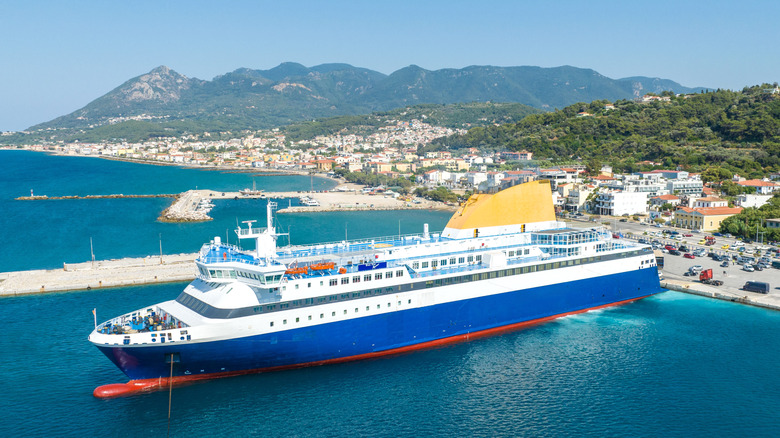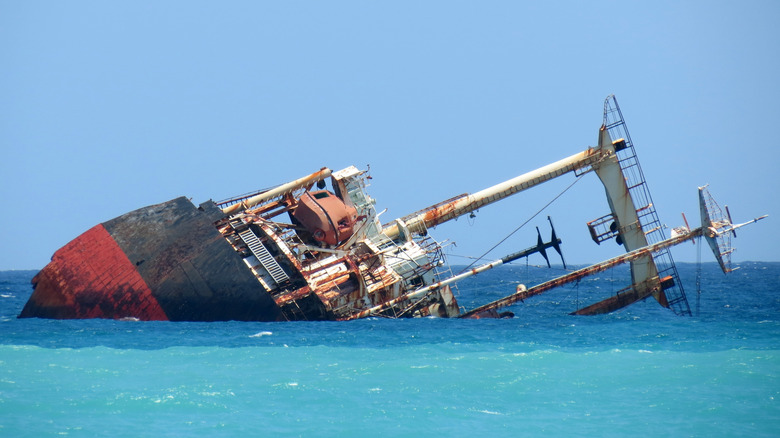
In 2004, a strong earthquake off the coast of Indonesia triggered a massive tsunami that left over 200,000 people dead and billions of dollars in material devastation. In what appears to be a similar ominous repeat, an earthquake of 8.8 magnitude recorded near the Russian coastline has triggered tsunami warnings across the U.S. West Coast, Japan, and Hawaii. In the wake of the alerts, panic has ensued among people aboard cruise ships and those waiting to embark on a cruise journey.
Now, a tsunami
is a catastrophic event, so one must naturally think that staying away from the ocean, and more importantly, any vessel floating on the ocean, is the safest course of action. Science, however, suggests that the best option is to stay put in deep waters and far away from coastal areas. Accordingly, in the wake of the advisory issued by the National Weather Service, numerous cruise ships were ordered to depart their docking ports in Alaska, Hawaii, and the West Coast region.
One such ship was the Pride of America, operated by Norwegian Cruise Lines (NCL), which departed the Hilo port in Hawaii hours ahead of schedule, leaving numerous passengers stranded. "In response to local emergency procedures and to prioritize the safety of our guests and crew, Pride of America was required to depart Hilo, Hawaii, immediately," NCL said in a statement shared in Newsweek. The company added that it notified passengers about the emergency response, asking them to seek shelter on higher ground.
Read more: 10 Of The Largest Navies In The World, Ranked By Self-Reported Total Naval Assets
It's Safer In The Water For Cruise Ships Hit By A Tsunami

As per the International Tsunami Information Center, cruise ships are "especially vulnerable" to tsunamis. The center adds that if you are at sea, you should remain there and refrain from returning to the port, because the rapid change in water levels and movements with debris can wreak havoc on the port facilities. It further notes that vessels are less prone to tsunami damage when in deeper offshore waters, preferably at a depth exceeding 100 meters.
If there is enough time at hand before the wave hits, vessels are advised to move into deep waters while also staying prepared in advance if they move into risk-prone waters. "Move your vessel offshore to waters greater than 300 feet in depth and more than two miles from the channel entrance as soon as a distant Tsunami Warning or Tsunami Advisory is declared," says the Hawaii Boater's Hurricane and Tsunami Safety Manual. It's also worth noting that if the radio warnings predict an imminent impact, it's best to abandon ship at the port and reach for a higher altitude to seek refuge.
Additionally, tsunami wave activity is usually imperceptible in the deep ocean, so it is advised that vessels not approach the port until the alert has been lifted. In case of the passengers who paid for sea excursions planned by Norwegian Cruise Line and were left stranded, they were moved to a local high school at a safe location away from the port, the company told ABC News.
Want the latest in tech and auto trends? Subscribe to our free newsletter for the latest headlines, expert guides, and how-to tips, one email at a time.
Read the original article on SlashGear.











